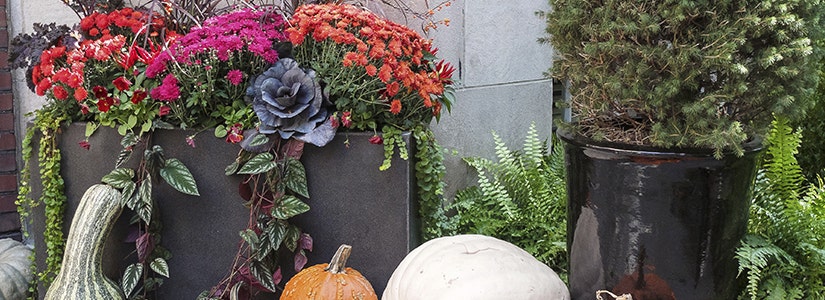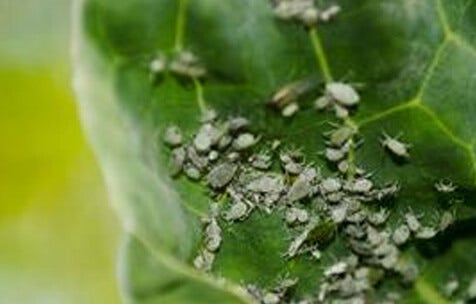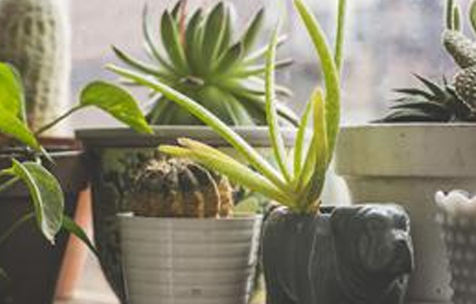

- Home
- Solution Center
- Learn
- Seasonal
- Picking the Perfect Pumpkin
Picking the Perfect Pumpkin
No matter your fall passion –carving, creating harvest displays or cooking – there's a perfect pumpkin for the job. Learn how to select the best fruit for your intended use, along with simple tricks to make the most of this year's pumpkin purchases.
Find The Right Pumpkin
For the greatest selection, and the most fun, visit a local farm to pick your pumpkin. Selecting pumpkins can easily become a family tradition when you find a farm that teams pumpkin fields with other autumn favorites, such as a corn maze and hay rides.
Before you pick a pumpkin, decide how you'll use it.
For carving, look for pumpkins with flat walls – no deep ribs. The variety Jack O' Lantern was developed specifically for carving. Avoid tall, oblong pumpkins, which typically have stringy flesh that makes placing precise cuts difficult. White-skinned, orange-fleshed Lumina is also easy to carve.
For cooking, choose pumpkins specified for cooking or baking. These are smaller fruits (4-8 pounds) with higher sugar content and denser, more smooth flesh. Common varieties include Small Sugar and New England Pie Pumpkin. Look for newcomers Baby Pam, Ghost Rider and Lumina (white skin).
For seasonal displays, select a mix of pumpkin sizes and colors. Goosebumps has warty skin that adds a creepy effect to displays. Small pumpkins like Baby Bear (orange), Baby Boo (white), and Orange Cutie (bright orange with light orange ribs) complement larger fruit and are the perfect choice for small hands.
Pumpkin-Picking Checklist
- U-pick farms provide the freshest choice. Supermarket pumpkins can be bruised from handling and traveling. When hand-picking a pumpkin, bring gloves and clippers. Leave at least one inch of stem on pumpkins.
- When buying pre-picked pumpkins, look for a stem that's solidly attached. Green stems reveal a pumpkin that's just been picked.
- Inspect pumpkins for skin damage (punctures, nicks, cuts), soft spots or mold – signs that spoiling will occur quickly.
- Check the bottom of the pumpkin during your spot inspection, pressing on it with your thumbs. If it gives a little, the pumpkin isn't fresh.
- Set a pumpkin you plan to carve on a flat surface to be sure it sits upright.
- Old pumpkins have duller skin. This is fine for a cooking pumpkin, but not ideal for carving or display.
- If you plan to carve, choose a design before choosing a pumpkin, especially if you're using stencils. Find a pumpkin shape that suits your design.
Storage And Display Tips
- Never lift a pumpkin by its stem. Once it breaks and falls off, it creates a wound that allows spoiling to occur.
- Bring pumpkins indoors if frost is predicted. Freezes damage pumpkins.
- For indoor displays, protect surfaces by placing pumpkins on plastic, a platter, or other impervious surface.
- To preserve carved pumpkins, spray all surfaces with a pumpkin preservative, or soak the carved pumpkin in a bleach solution (1 tsp. bleach per 1 gallon of water) for 8 hours. Before display, invert treated pumpkins to allow any liquid residue to drain.
Disposal
Once your pumpkin turns to mush, toss it on your compost pile. Chopping up the pumpkin and burying it in the pile speeds decomposition. Alternatively, bury pieces in a fallow garden area. In warm regions, bury pieces in gardens near growing plants, taking care not to disturb roots.













